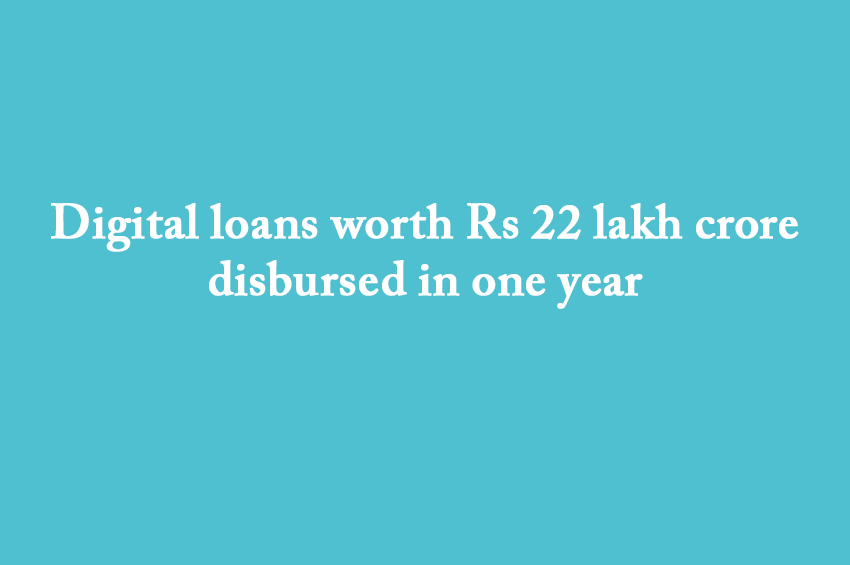Winning Bizness Desk
Mumbai. India's booming digital lending business is stoking demand for a new breed of startups and the consumer loan culture is also changing in the country accordingly. Apart from washing machines, fridges, ACs, the consumer loan market, which once started for vehicles and houses, has now reached innovations like 'Buy Now Pay Later'. Digital loans are being taken on a large scale. Digital loans worth 22.17 lakh crores were disbursed in 2022 and it is expected to increase 4.75 times to reach 107 lakh crores by 2030. In fact, due to the increasing youth population in the country, rapid development of technology, increasing number of smartphones and facilities like cheap data, the country's digital loan and consumer finance market is witnessing an unprecedented boom. According to research by startup platform Inc42 and global data analytics firm Experian, digital channels will account for 40% of the country's fintech market in 4-5 years. By 2030, this figure is expected to reach 60%.
Low cost of online lending crucial
With the continuous development of technology, the concept of lending is also changing due to the changing needs of the customers. Apart from this, the cost of online lending is also less. The Reserve Bank has issued new rules regarding online loans. Due to this, now payment aggregators can also be used to repay the loan. Let's see how technology development has taken forward the digital loan market. In 2007 new generation smartphones came and in 2008 mobile banking came. In 2009, Aadhaar card (biometric identification) came and in 2012, 4G network made the way to digital easy. E-KYC came in 2014 and digital mortgage companies emerged in 2015. Due to demonetisation in 2016 digital transactions increased and in 2020 Kovid led to contactless credit appraisal. Now in the year 2023, the Digital Personal Data Protection Bill has been launched.
consumer credit culture is rapidly changing
According to the experts, India’s consumer credit culture is rapidly changing. What started out with financing of durable goods like autos, homes and washing machines has, of late, stormed the services economy with catchy offerings like Housing.com’s rent-now-pay-later, and even marry-now-pay-later credit tailor-made for the big, fat (and very expensive) Indian wedding. Digital lending, worth $270 billion last year, will zoom to $1.3 trillion by 2030, according to an insight firm.


